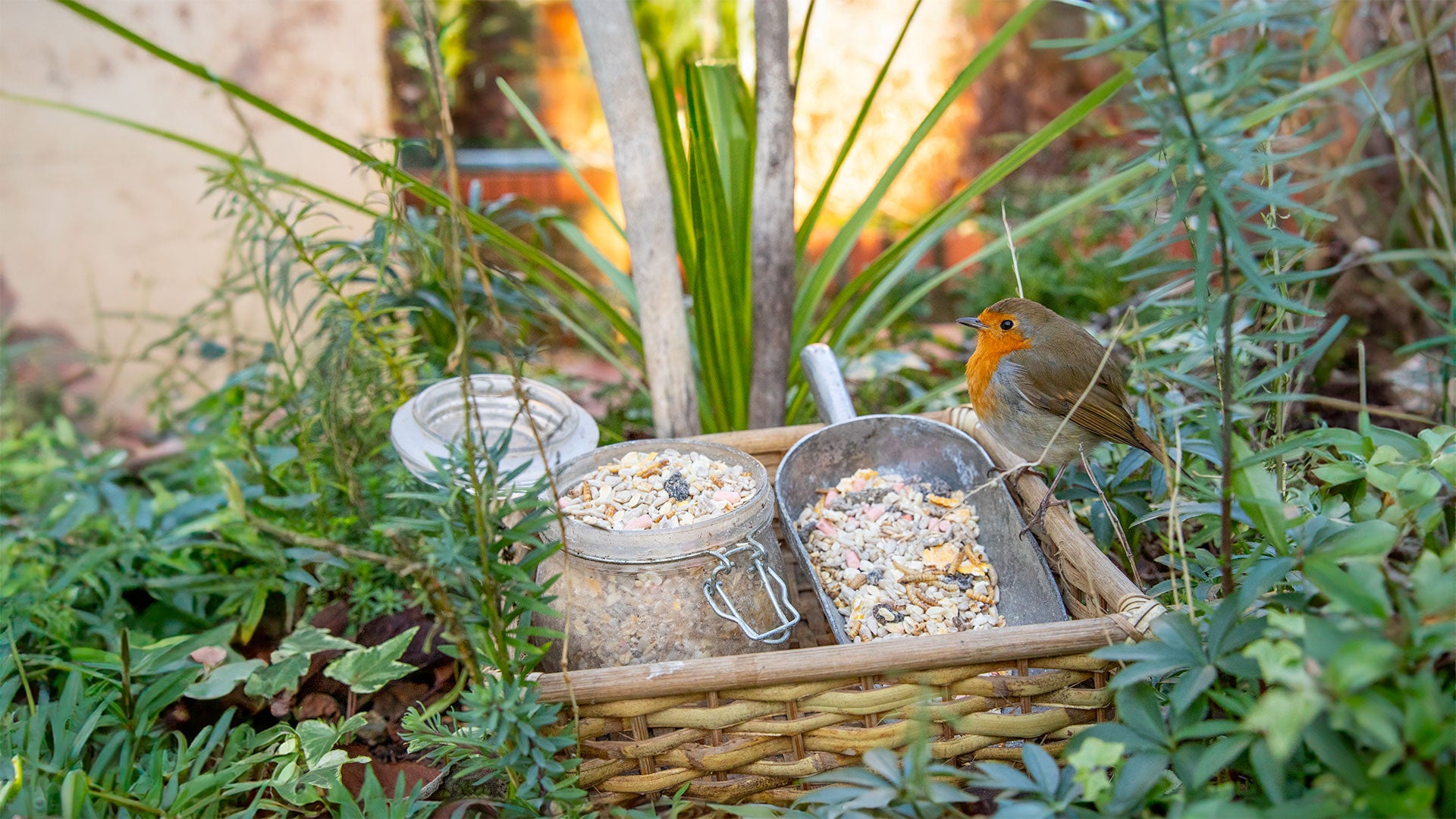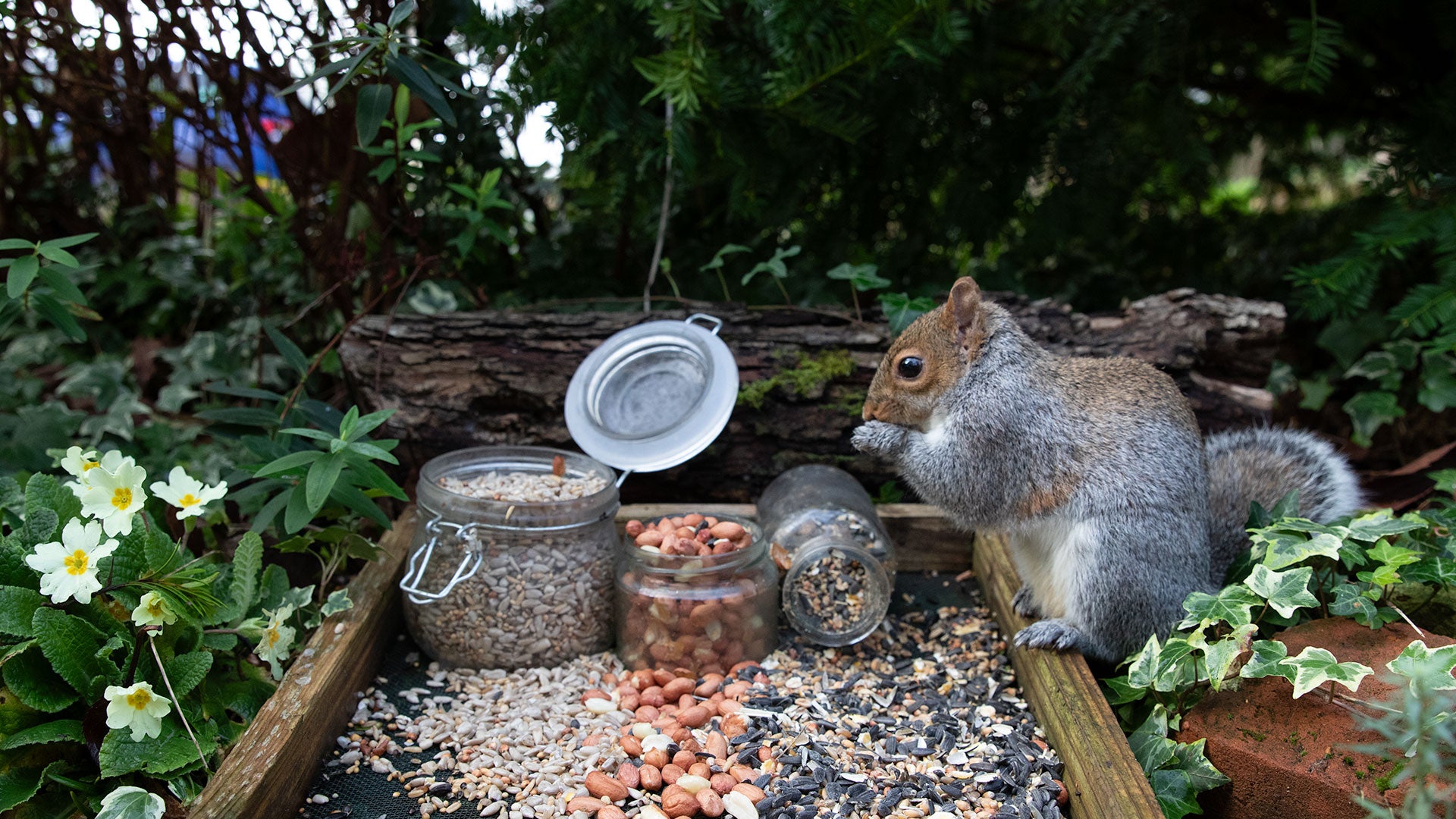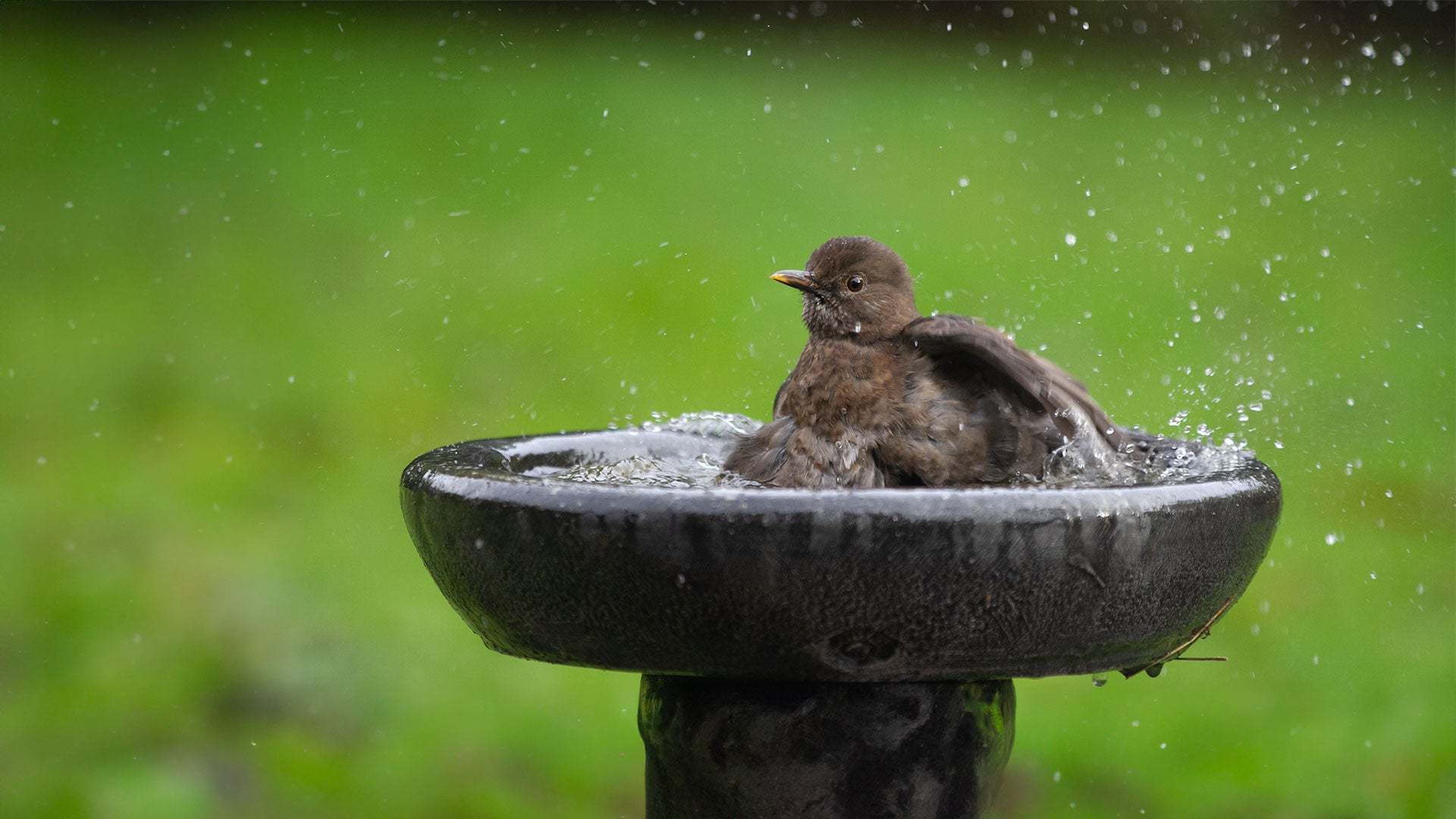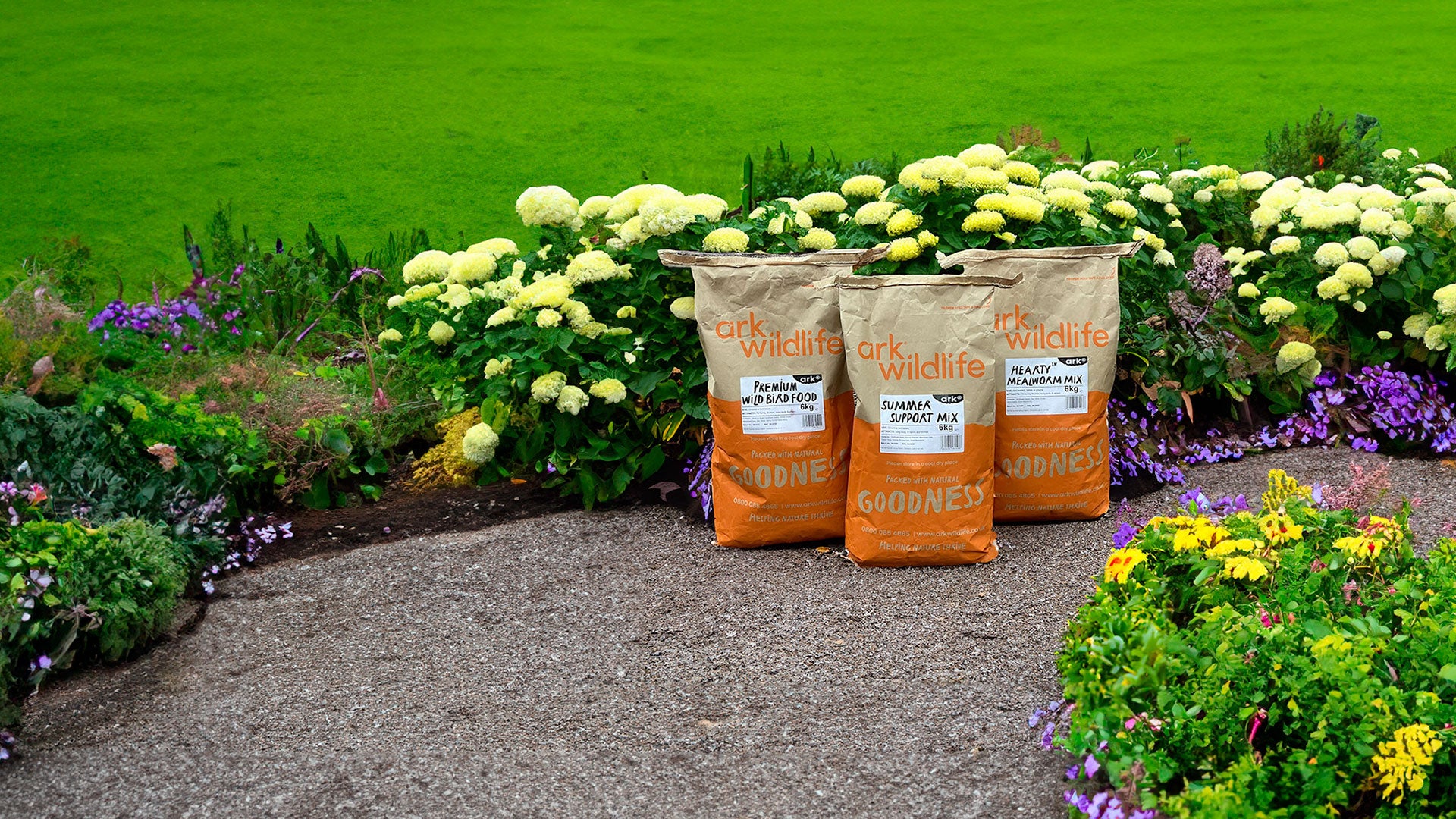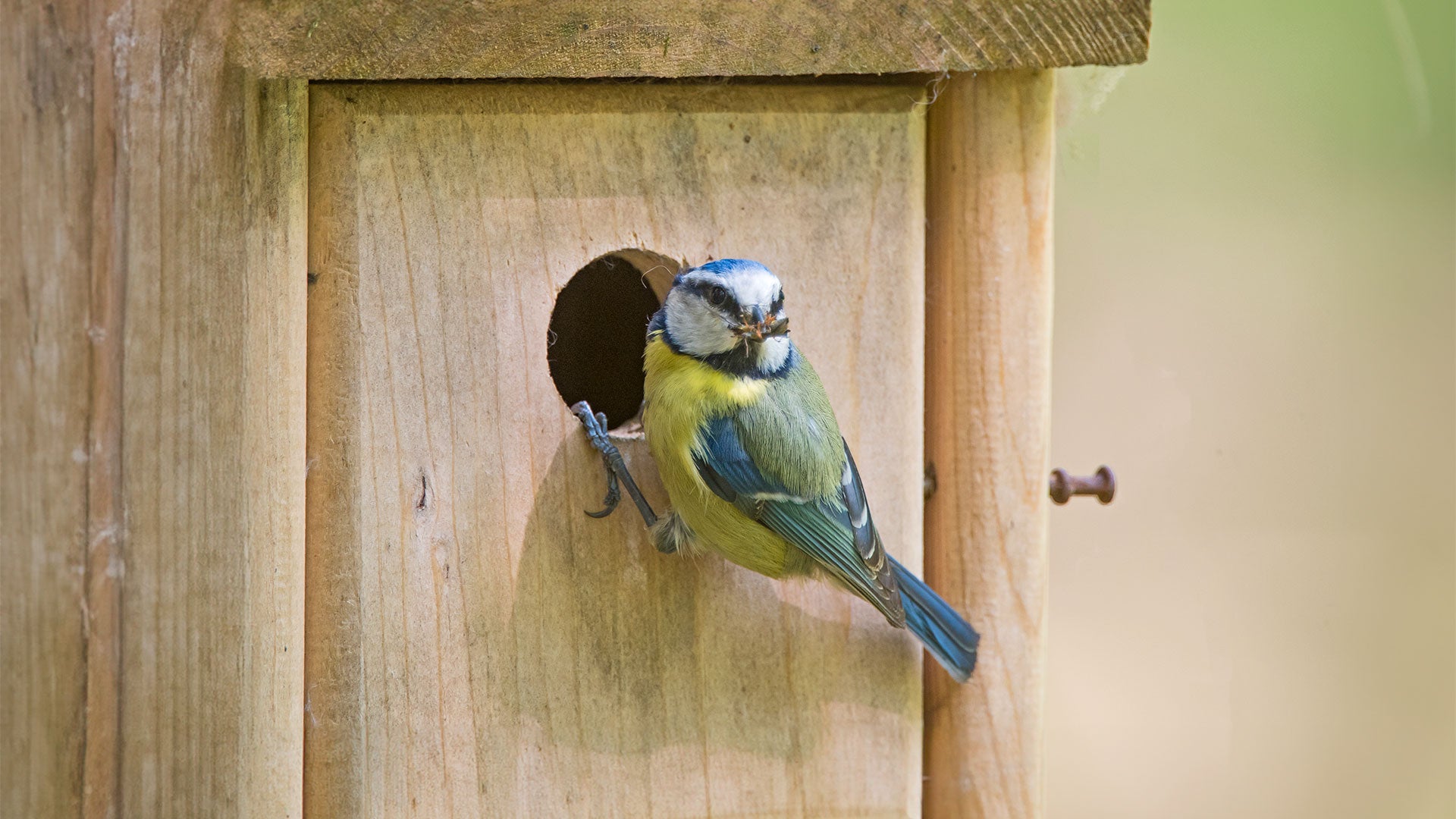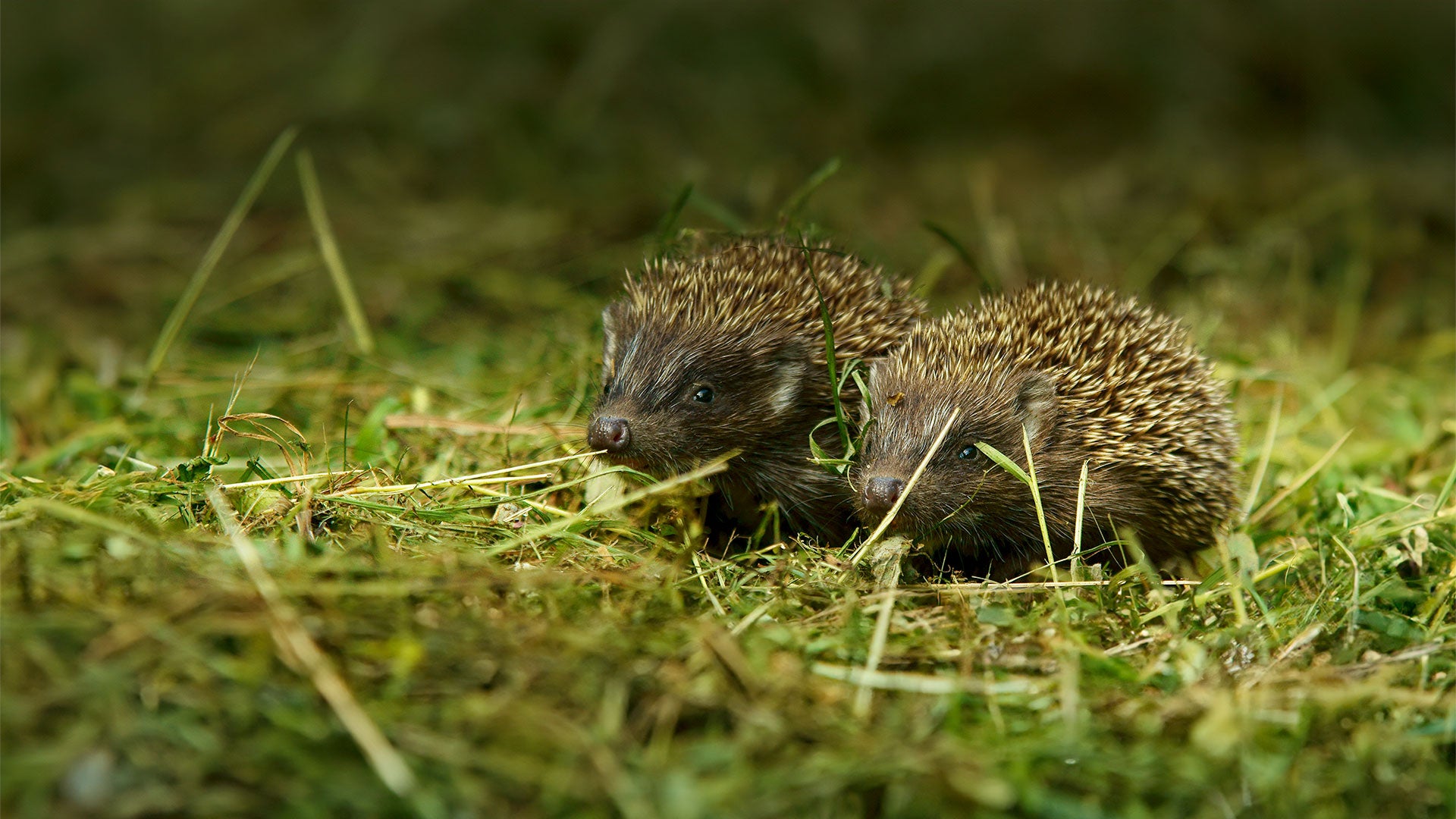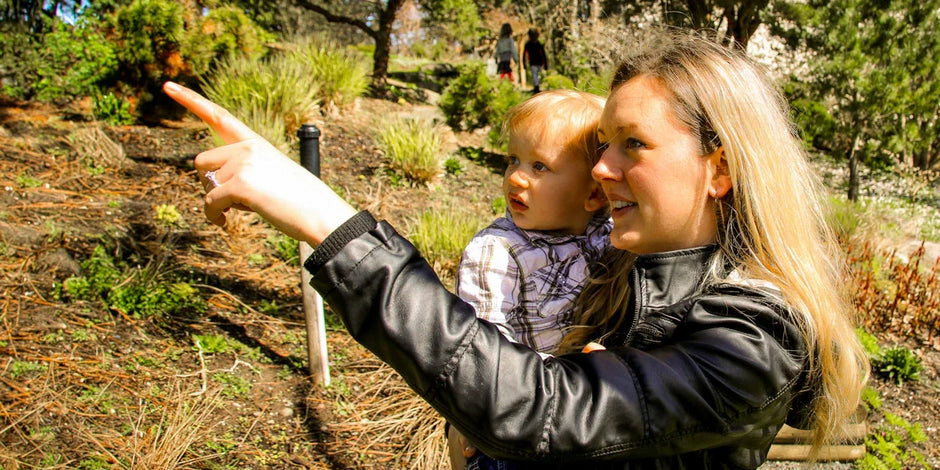Guest Blog - Author Bio
Dr Richard Fox, Head of Science at Butterfly Conservation for over 25-years and Associate Director Recording and Research at Butterfly Conservation. Butterfly Conservation University of Exeter, introduces the Big Butterfly Count.
British butterflies are probably the best studied insects in the world, thanks to tens of thousands of members of the public who submit their butterfly sightings to the UK charity Butterfly Conservation. Just as the British Trust for Ornithology do for birds, Butterfly Conservation works to conserve and protect Britain’s beleaguered butterflies and misunderstood moths.
Three quarters of butterfly species have declined since the 1970s and a third are now threatened with extinction. These declines have been driven by the destruction of wildlife habitats over recent decades, largely at the hands of modern, intensive farming, although the recent run of poor summers further depressed butterfly numbers.
However, the 50,000 people who took part in last year’s Big Butterfly Count, helped reveal some much-needed good news. Numbers of common ‘garden’ butterflies such as the Peacock and Small Tortoiseshell showed signs of improvement. They were still below the levels typically seen back in the 1970s and 1980s, but definitely up on the dreadful summer of 2012.
What about this year? So far the signs are promising. The weather has been kind but are butterflies booming? We need your help to find out. Anyone can take part in the Big Butterfly Count, which runs from the 20th July until the 12th August, and it only takes 15 minutes. Here’s what you need to do:
- Visit Butterfly Conservation to find out about the Count and to print off a handy butterfly identification chart, or download the free App for IOS and Android smartphones.
- Spend 15 minutes looking for butterflies in any sunny place and make a note of what you see. This could be your garden, a local park or in the countryside, and it is a great thing to get children or grandchildren involved in.
- Submit your sightings via the website or app.
It’s as easy as that. What’s more you can do as many Counts as you like, for example in different places or on different days. Even if you see nothing, please submit your Count as all information is important in helping us to build up a comprehensive picture of how our widespread butterflies are faring across the UK this summer. Many thanks for taking part!

